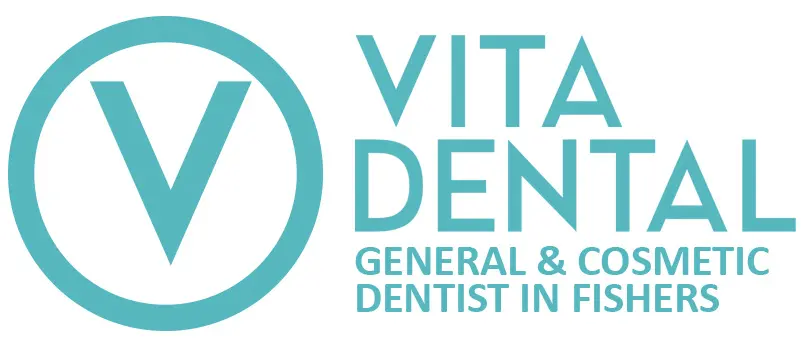Understanding how dental insurance works often comes down to grasping three core concepts: copays, deductibles, and coinsurance. These terms describe the way costs are shared between the insurance provider and the member. UnitedHealthcare uses this same structure across many of its medical and dental plans, including individual and family dental coverage.
Each of these cost-sharing tools serves a different purpose, and together they shape how much a member pays out of pocket for dental care in any given year.
Copays
A copay is a fixed amount paid at the time of service. It does not vary based on the total cost of the procedure. For example, a dental insurance plan might assign a $20 copay for a basic cleaning. That amount is paid at the time of the visit, while the insurance covers the remaining balance according to the plan’s terms.
In some dental plans, copays are listed in a fee schedule that spells out exactly what each procedure will cost when performed by an in-network provider. This predictability can help patients plan for common services like exams, X-rays, or fillings.
Copays do not typically count toward the plan’s deductible or out-of-pocket maximum. They exist as stand-alone payments for covered services. In dental HMO-style plans, copays are often the primary method of cost-sharing.
Deductibles
A deductible is the amount a member must pay out of pocket for covered services before the insurance begins to contribute. In many UnitedHealthcare dental plans, this amount ranges from $50 to $100 per person, with a higher limit for families.
Preventive services such as cleanings, exams, and bitewing X-rays are often exempt from the deductible requirement. These are typically covered at 100% when performed by an in-network dentist. Deductibles usually apply to basic and major procedures (such as fillings, crowns, or root canals), meaning the patient pays the full cost of those services until the deductible is met.
Once the deductible has been satisfied, the member begins to share costs with the insurer through coinsurance.
Coinsurance
Coinsurance is a percentage-based form of cost-sharing. After the deductible is met, the insurance company pays a percentage of the remaining treatment cost, and the member pays the rest. For example, UnitedHealthcare might cover 80% of a filling, leaving the member responsible for the remaining 20%. For major procedures like crowns, the plan may cover 50%, with the member responsible for the balance.
Unlike copays, which are flat fees, coinsurance amounts can vary based on the total cost of the procedure. This means that more expensive treatments will result in higher out-of-pocket costs for the patient, even if the percentage stays the same.
All Together Now
Together, copays, deductibles, and coinsurance define the financial relationship between the insurance company and the plan member. Understanding these terms helps clarify what is owed at each stage of treatment. While plan details vary, UnitedHealthcare uses this consistent structure to manage costs and encourage preventive care.
Each component plays a specific role: copays provide upfront clarity, deductibles set a minimum threshold for shared cost, and coinsurance allows flexibility for covering higher-cost procedures. For patients enrolled in UnitedHealthcare dental insurance, these definitions form the foundation for navigating benefits and making informed decisions about care.
